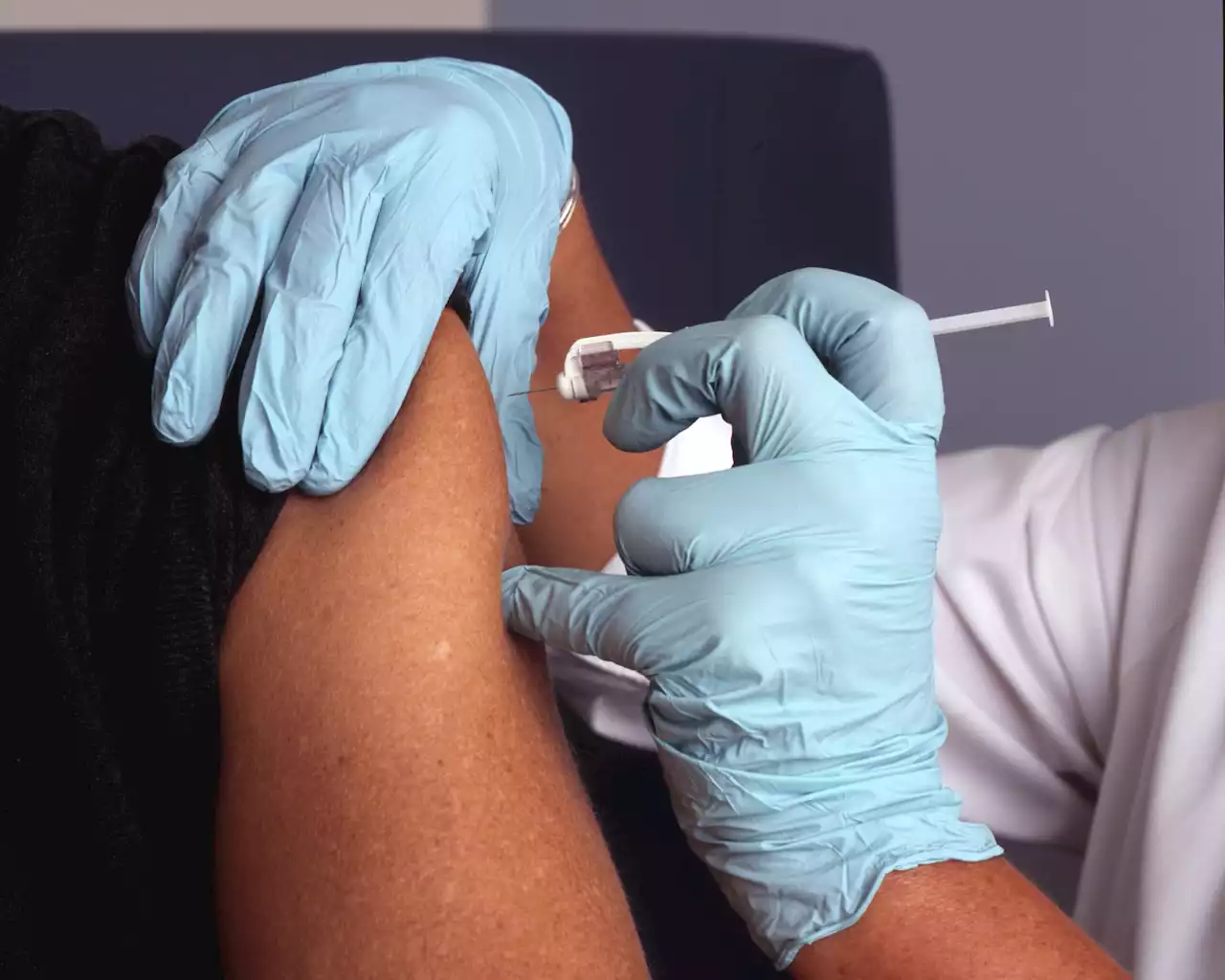Research published in Crit_Care reports that, in invasively ventilated patients with COVID-19 and ARDS, a higher cumulative fluid balance is associated with a longer ventilation duration and restricted fluid management in these patients may be beneficial.
]. Other secondary outcomes include duration of invasive ventilation in survivors and non-survivors, ICU and hospital length of stay in survivors and non-survivors, the incidence of tracheostomy in ICU, and 28-day mortality.Descriptive statistics were used to describe the study population and fluid management parameters. Data are presented as numbers and percentages for categorical variables and as means and standard deviation or median and interquartile range according to distribution.
Using a mixed effects model, we first examined the crude association between cumulative fluid balance and successful liberation from ventilation at day 28 with successful liberation of ventilation as a dependent variable, fluid balance as as an independent variable, and hospital as a random intercept effect. To examine potential nonlinearity in the association, the cumulative fluid balance was entered as a restricted cubic spline function with 3 knots distributed equally along the density.
The association between cumulative fluid balance at day 3 and the probability of successful liberation from invasive ventilation was then adjusted for possible confounders by including these variables as covariates in the mixed effects model. Baseline physiological and laboratory variables were collected within one hour of ICU arrival or one hour of initiation of invasive ventilation, in accordance with the pre-published protocol [].
Conditional on the assumption that the data were missing at random and the severity illness scores were collected differently by hospitals, before imputation, the percentage of missing data in the severity of illness scores in the first 3 days were assessed and addressed by a multi-level multiple imputation method. We imputed 20 datasets using multiple imputation by chained equations []. No exposure or outcomes were imputed.
We also estimated the main effect of different classes of ARDS severity by including this variable in the adjusted mixed effects model.We identified 687 invasively ventilated COVID-19 and ARDS patients admitted to ICUs between March 1, 2020, and June 1, 2020. The study flowchart is summarized in Fig.
United Kingdom Latest News, United Kingdom Headlines
Similar News:You can also read news stories similar to this one that we have collected from other news sources.
 World Health Organization warns COVID-19 is 'running freely' and global deaths are unacceptably highWHO chief Dr Tedros Adhanom Ghebreyesus said sub-variants of Omicron continue to drive new waves of cases, hospitalisations and deaths around the world.
World Health Organization warns COVID-19 is 'running freely' and global deaths are unacceptably highWHO chief Dr Tedros Adhanom Ghebreyesus said sub-variants of Omicron continue to drive new waves of cases, hospitalisations and deaths around the world.
Read more »
 Patients with lupus benefit from COVID-19 vaccine boosterPeople with systemic lupus erythematosus (SLE) who received a 'booster' dose of SARS-CoV-2 vaccine after full vaccination are roughly half as likely to have a subsequent 'breakthrough' COVID-19 infection, a new study shows.
Patients with lupus benefit from COVID-19 vaccine boosterPeople with systemic lupus erythematosus (SLE) who received a 'booster' dose of SARS-CoV-2 vaccine after full vaccination are roughly half as likely to have a subsequent 'breakthrough' COVID-19 infection, a new study shows.
Read more »
 Study suggests vaping does not increase risk of COVID-19Study suggests vaping does not increase risk of COVID-19 Coronavirus COVID AntiInflammatory Cigarette Coronavirus ElectronicCigarette Nicotine Pandemic Respiratory Smoking Vaping aboutKP Stanford
Study suggests vaping does not increase risk of COVID-19Study suggests vaping does not increase risk of COVID-19 Coronavirus COVID AntiInflammatory Cigarette Coronavirus ElectronicCigarette Nicotine Pandemic Respiratory Smoking Vaping aboutKP Stanford
Read more »
 Rules per country if you test positive for Covid-19 while on holidayRestrictions have been relaxed in some countries but others have self-isolation requirements still in place
Rules per country if you test positive for Covid-19 while on holidayRestrictions have been relaxed in some countries but others have self-isolation requirements still in place
Read more »
 Why You Shouldn't Wait for Updated COVID-19 BoostersHere's why you should get a COVID-19 booster now 📝: AliceParkNY
Why You Shouldn't Wait for Updated COVID-19 BoostersHere's why you should get a COVID-19 booster now 📝: AliceParkNY
Read more »
